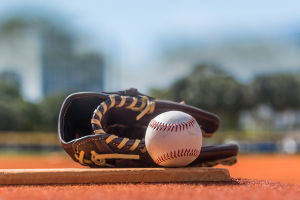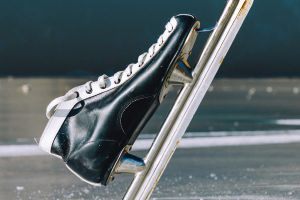Badminton is a sport with a rich history and an intricate playstyle that distinguishes it from many other racquet games.
Central to the game’s uniqueness is the shuttlecock, commonly referred to as a "shuttle."
Traditionally, shuttlecocks were crafted from feathers, but advancements in technology have introduced nylon shuttlecocks as a viable alternative.
Feathered shuttlecocks are the traditional choice for competitive badminton. They are crafted from the feathers of a goose or duck, typically from the wing's outer feathers, and are assembled around a cork base.
The craftsmanship involved in making feathered shuttlecocks is meticulous, requiring skill to ensure balance and flight stability.
One of the primary attributes of feathered shuttlecocks is their superior flight characteristics. Due to the aerodynamic properties of the feathers, these shuttlecocks provide a consistent and predictable flight pattern, making them ideal for professional play.
The feathers create a natural drag that slows the shuttle down and allows for precise control, enabling players to execute delicate shots and strategic plays.
However, feathered shuttlecocks also have their drawbacks. They are sensitive to changes in weather conditions, such as humidity and wind, which can affect their flight performance.
Feathered shuttlecocks are relatively delicate and can become damaged after extended use, requiring frequent replacements. This fragility makes them less suitable for casual or recreational play where durability is a concern.
Nylon shuttlecocks, also known as synthetic or plastic shuttlecocks, emerged as a more durable and cost-effective alternative to feathered shuttlecocks.
Made from synthetic materials such as nylon or plastic, these shuttlecocks are designed to withstand repeated impacts and resist wear and tear, making them ideal for recreational play and practice sessions.
One of the most significant advantages of nylon shuttlecocks is their durability. Unlike feathered shuttlecocks, which can degrade quickly with heavy use, nylon versions are more resilient and can maintain their shape and flight characteristics over a longer period.
This durability translates into cost savings for players who need to replace shuttlecocks less frequently.
Nylon shuttlecocks also perform well under various weather conditions. They are less affected by humidity and wind, providing consistent flight patterns regardless of external factors. This makes them a practical choice for outdoor play or environments where weather conditions can be unpredictable.
However, nylon shuttlecocks have their own set of limitations. They generally do not offer the same level of flight control and precision as feathered shuttlecocks.
The synthetic material can create a different type of drag, which might not provide the same level of accuracy and finesse required for high-level play. As a result, nylon shuttlecocks are often viewed as a compromise in terms of performance compared to their feathered counterparts.
The choice between feathered and nylon shuttlecocks often comes down to the level of play and the specific needs of the player. For professional or competitive badminton players, feathered shuttlecocks are preferred due to their superior flight performance and control.
The ability to execute intricate shots and respond to high-speed rallies is enhanced by the aerodynamic properties of the feathers.
Conversely, for casual players, recreational play, or practice sessions, nylon shuttlecocks offer a practical and economical solution. Their durability and resistance to environmental factors make them well-suited for regular use without the need for frequent replacements.
While they may not match the performance of feathered shuttlecocks, they provide a satisfactory playing experience for most non-professional settings.


